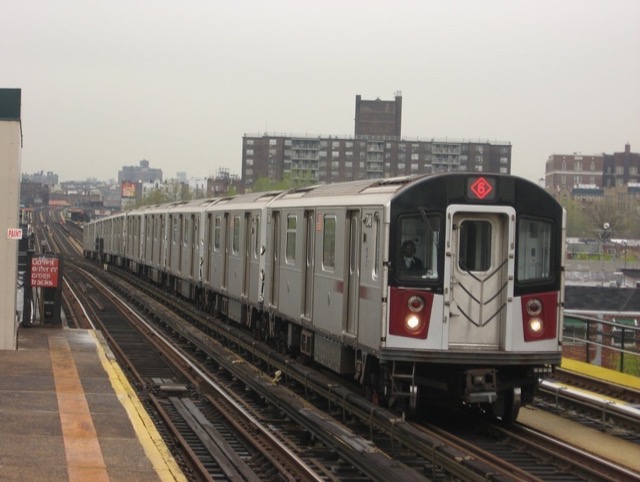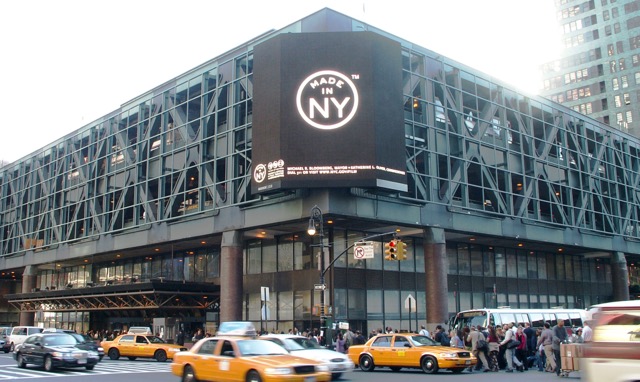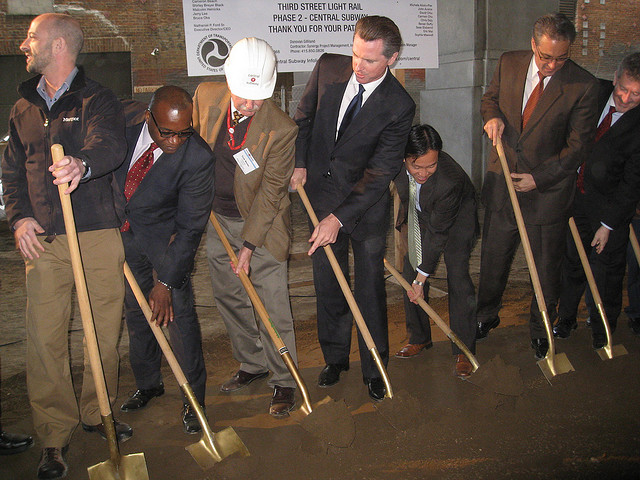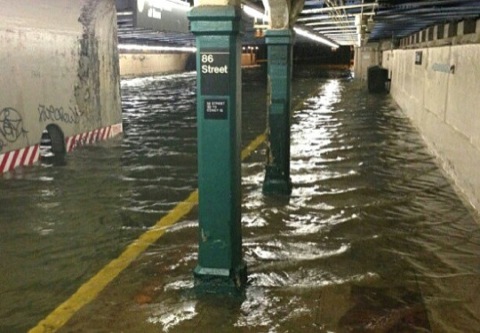“Why are our transit systems faltering just as more people than ever want to use them?” asks Thomas Wright of the Regional Plan Association, which has advocated urban planning in the New York metropolitan area since 1922. His answer is that it has to do with “with the way our government institutions are structured.” He is right in general but wrong on the particulars.

New York City subway and elevated train fares cover more than 60 percent of operating costs, but no maintenance costs. Wikipedia commons photo by AEMoreira.
Transit, at least in the New York metropolitan area, did just fine, he says, until the 1950s, when “the federal government started building the interstate highway system, offering big subsidies to states to connect to it.” When that happened, “mass-transit operators struggled to compete with these roads and started going bankrupt.” They were unwillingly taken over by the government, which “merged the workings of mass transit and toll roads to provide cross subsidies.”










